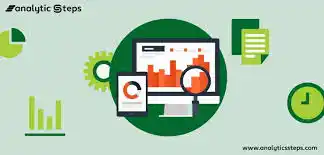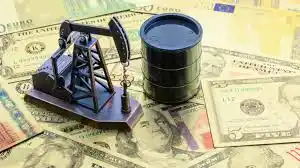How to Boost Your Website’s Speed and Performance

A website’s speed and performance can make or break its success.
Slow-loading websites not only frustrate visitors but also lead to higher bounce rates and diminished user satisfaction.
Thankfully, there are several strategies you can implement to enhance your website’s speed and overall performance.
Let’s dive into these techniques that can help you optimize your site’s performance.
Optimize Images and Media
Images and media are often the largest contributors to slow-loading web pages.
To improve speed, compress and resize images without compromising quality. Utilize modern image formats like WebP, which offer better compression rates.
Additionally, consider lazy loading images, where images are only loaded as the user scrolls down the page, reducing initial load times.
Minimize HTTP Requests
Each element on a webpage requires an HTTP request, and the more requests a page needs to make, the slower it loads.
Minimize these requests by combining CSS and JavaScript files and utilizing CSS sprites for icons and images.
This reduces the time needed to establish connections and fetch resources, ultimately boosting loading speed.
Leverage Browser Caching
Browser caching involves storing certain resources locally on a user’s device, allowing for quicker loading upon subsequent visits.
Configure your server to include caching headers for static resources.
This ensures that visitors don’t need to download the same resources each time they land on your site.
Use Content Delivery Networks (CDNs)
CDNs distribute your website’s content across various servers worldwide. When a user accesses your site, the server closest to them delivers the content, reducing latency and loading times. CDNs are particularly useful for websites with a global audience.
Opt for Efficient Hosting
Choose a reputable and efficient web hosting provider that offers fast servers and solid uptime. Shared hosting can lead to slower loading times during peak traffic, so consider upgrading to a Virtual Private Server (VPS) or a dedicated server for improved performance.
Minimize Third-Party Scripts
While third-party scripts and plugins can add functionality to your website, they can also slow it down significantly. Only use essential scripts and regularly audit your website to eliminate any unnecessary or outdated plugins.
Implement Browser Caching
Browser caching involves storing static resources on a user’s device. This reduces the need to re-download assets, resulting in faster page loading for returning visitors.
Prioritize Above-the-Fold Content
Load essential content above the fold (the portion of the page visible without scrolling) before loading secondary content. This creates a perception of faster loading and improves user engagement.
FAQs
Why is website speed important for SEO?
Google considers website speed as a ranking factor because it directly impacts user experience. Faster websites provide better user satisfaction and are more likely to rank higher in search results.
What tools can I use to test my website’s speed?
There are several tools available, such as Google PageSpeed Insights, GTmetrix, and Pingdom, that can analyze your website’s speed, provide performance scores, and suggest optimizations.
How can I minimize the impact of large images on my site’s speed?
To minimize image impact, compress images using tools like TinyPNG, resize them appropriately, and consider using responsive images that adapt to different screen sizes.
What is the ideal loading time for a website?
Ideally, a website should load within 2 to 3 seconds. Studies have shown that users tend to abandon sites that take longer to load, leading to higher bounce rates and potential loss of business.




